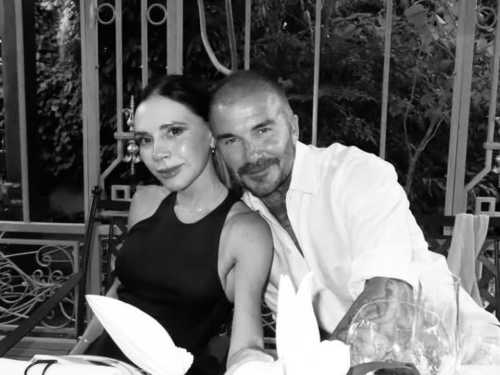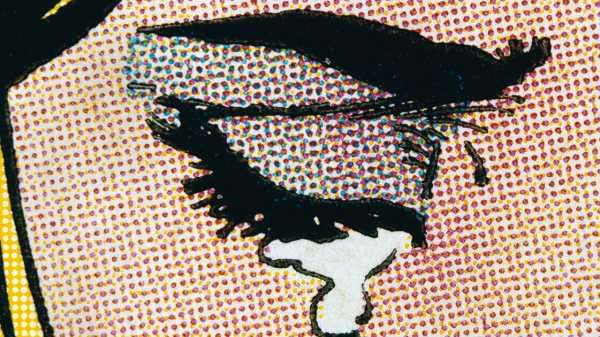
A Benday-dot field of yellow and red is disrupted by a pendulous blob of white, contained by a black outline. It’s a photograph, a cropped closeup of a cartoon tear rolling down a cheek. Go ahead, jump to conclusions. I did, when I first encountered the nearly-six-foot-tall piece, which opens Anne Collier’s witty, wistful, and intelligent show at the Anton Kern gallery, of images from “Women Crying.” I assumed that image zoomed in on a reproduction of a Roy Lichtenstein painting of women weeping. Maybe “Hopeless,” from 1963. The palette is right, and the canvas’s thought bubble reads, “That’s the way it should have begun.” Smart way to begin a show!
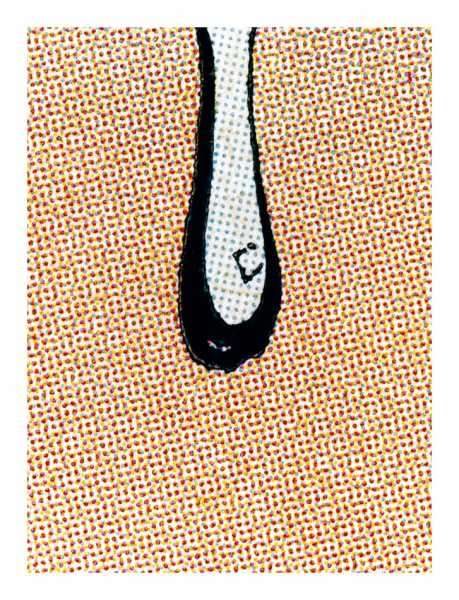
“Tear (Comic) #5.”
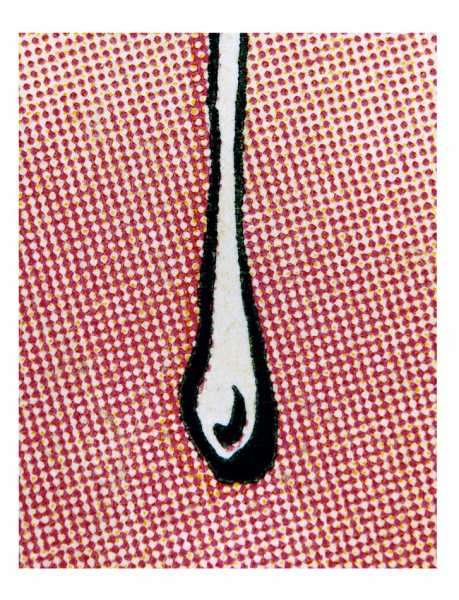
“Tear (Comic) #3.”
But Collier isn’t pulling a Sherrie Levine, by which I mean that she’s not appropriating a famous man’s art to make her own work, as Levine did, in 1981, when she rephotographed Walker Evans. If Levine is postmodern, call Collier post-pictures. In this new work, she bypassed the master and went straight to the source, shooting the same kind of vintage romance comics on which Lichtenstein once based his paintings. (Collier collects them online and in flea markets.) Still, her impulse is similar in spirit to Levine’s project, titled “Let Us Now Praise Famous Men,” words that took an ironic turn once-removed from their source. Collier, too, casts a slyly feminist eye on her subject, in this case hidebound clichés about emotional women. Or should I call them hysterical, in the spirit of Hippocrates, who believed that feelings of distress were the result of a wandering womb.
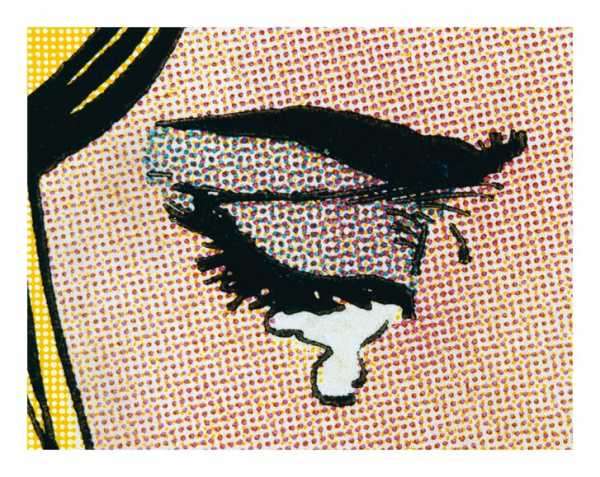
“Woman Crying (Comic) #4.”
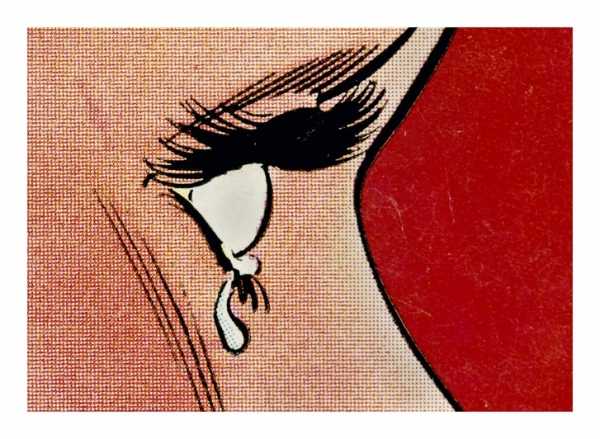
“Woman Crying (Comic) #3.”
Collier has been taking pictures of pictures of tear-streaked women for more than a decade. Previously, she photographed album covers and print advertisements, with subjects ranging from Judy Garland to anonymous models, all melodramatically acting out for the camera. In their fascination with emotion and artifice, those pictures recall Man Ray’s “Larmes” (1930–32), a black-and-white image of a lavishly lashed woman’s eyes, her cheeks dotted with tiny glass beads. That Surrealist icon is now so pop-culture-friendly that the cosmetics company Nars recently licensed it for an eye-makeup campaign. In her latest comic-book images—pointillist portraits of tristesse—Collier doubles down on the artifice. Her gallerist informs me that she plans to conclude the series here. To quote another Lichtenstein painting, from 1963, she is ending on a “Whaam!”
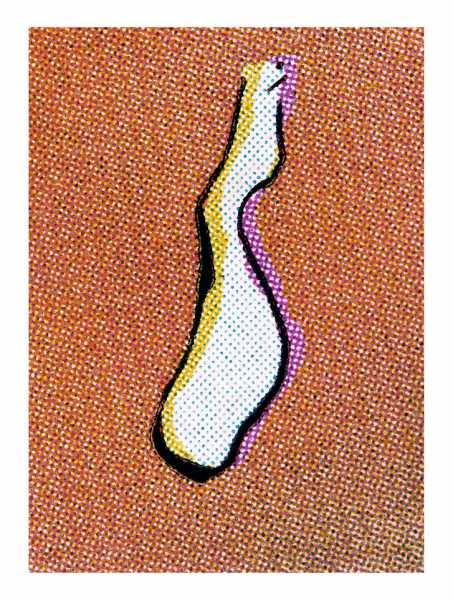
“Tear (Comic) #1.”
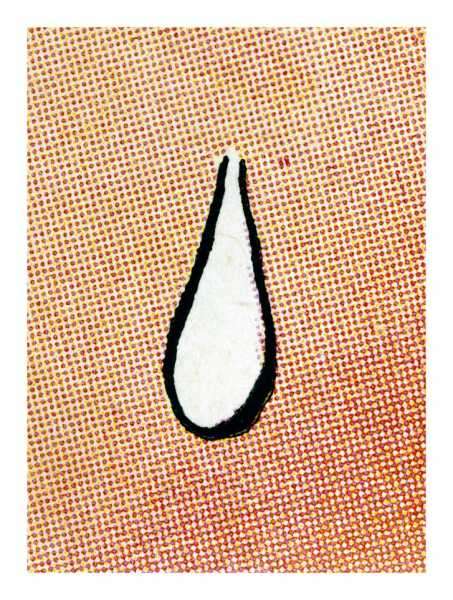
“Tear (Comic) #4.“
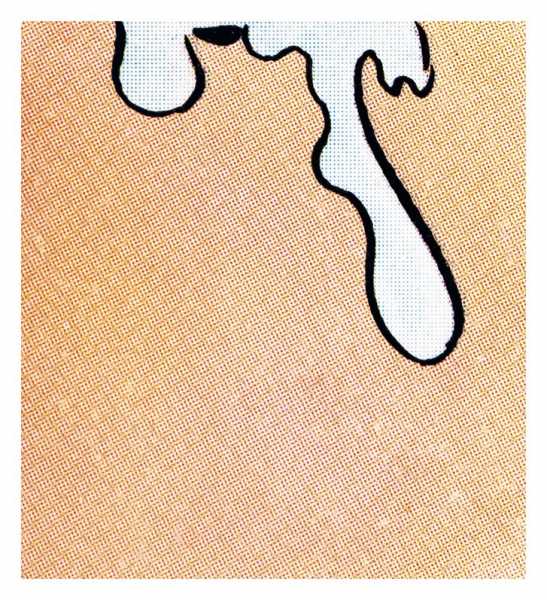
”Tear (Comic) #6.“
Sourse: newyorker.com


